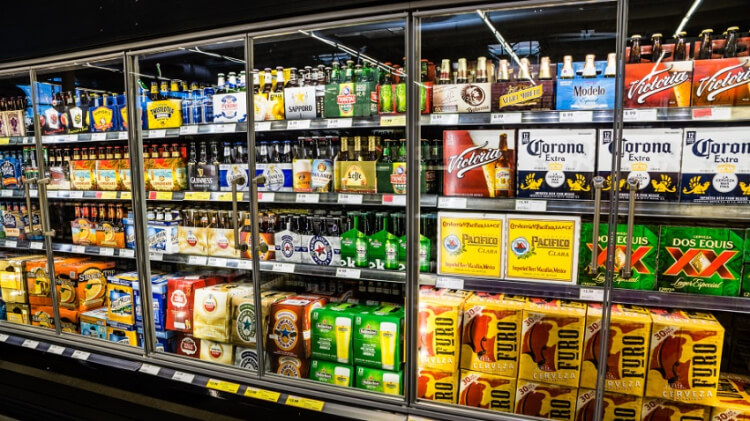Everyone in the beer world is talking about it. Have you too been speculating over the impact of the upcoming merger of the world’s two biggest brewers, Anheuser-Busch InBev and SABMiller?
According to WSJ, this fourth-largest takeover in history would result in “the world’s largest brewer, with nearly 30 percent market share after divestitures.”
This leaves the rest of industry in a tight spot. Eventually, it’s going to take more than pricing strategy for brewers to compete with a beer-making behemoth that controls a significant percentage of global profits in the industry.
To remain competitive, brewers will need to rethink existing processes, strategies, and particularly technology investments. Most have invested in sophisticated production planning technology over the years and a critical capability they continue to leverage is optimization. Brewers must ask themselves, how effective is my optimizer in achieving business goals? Adapting to new KPIs? And most importantly, is my optimization technology actually optimizing?
For those in doubt, here’s what true optimization is about:
100%-fit
Be wary of anyone who claims that an 80% technology fit is an acceptable level to aim for. It isn’t; not when it comes to optimization.
Lots of breweries adopt an optimizer that is thrown in as a package with other software. The system is basic and inflexible, but customers accept it because the product comes from a trusted name – albeit trusted for providing a different sort of solution. The bundled price can seem like a proposition too attractive to turn down. But it’s a false economy.
Employing software that doesn’t fit 100% with the brewery will end up costing much more than the money potentially saved on that initial investment.
Data is meaningless without responsiveness
To be a leader in the global beer industry today, brewers need to use big data and all the conflicting variables it represents to optimize their operations. But even optimizing operations on a foundation of big data is not enough. They need speed. They need to be able to respond in real time to the inevitable disruptions that undo the best of plans.
Serial entrepreneur Guy Kawasaki has gone so far as to say: “How fast you are moving is more important than where you are.” Data and information can take you only halfway to the place to which big calculations and speed can bring you. The path to real-time optimization is heavily dependent on big data but it is the big calculations that deliver the promise of big data.
Moving forward, true optimization will prove to be the game-changer for brewers wanting to remain competitive in the industry. The question is, will they realize it in time?

